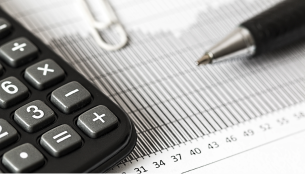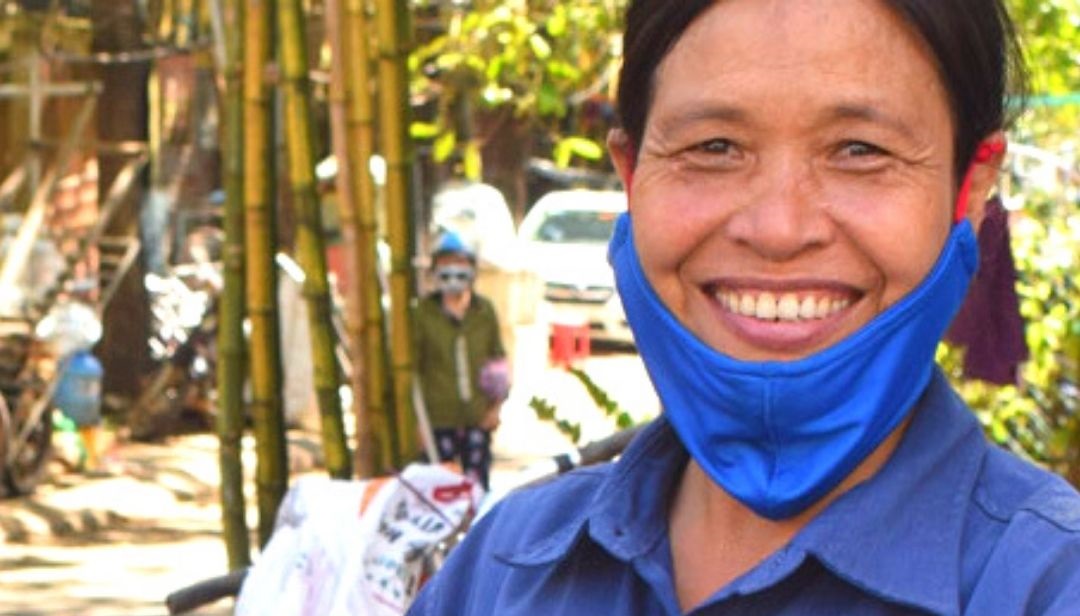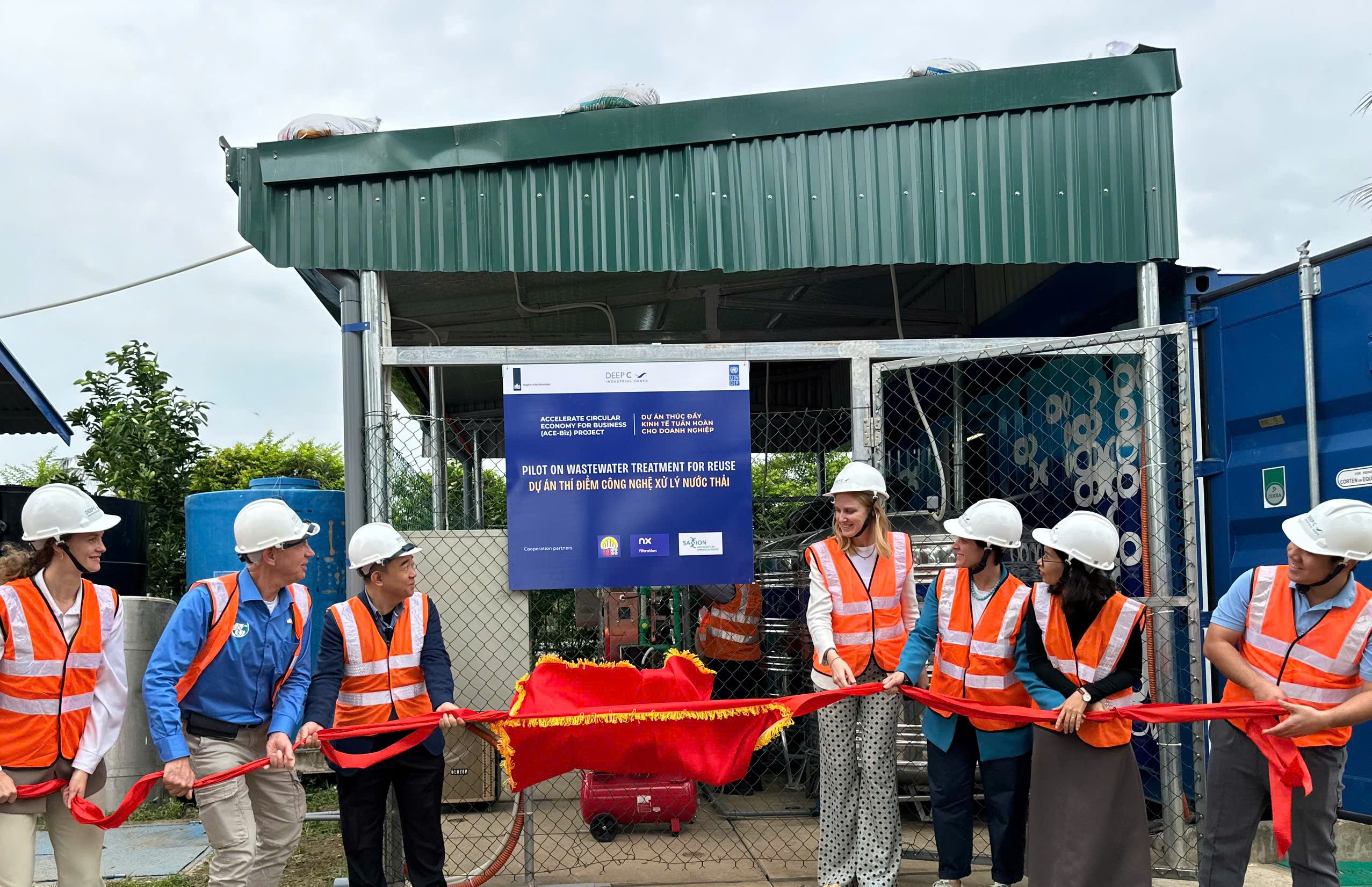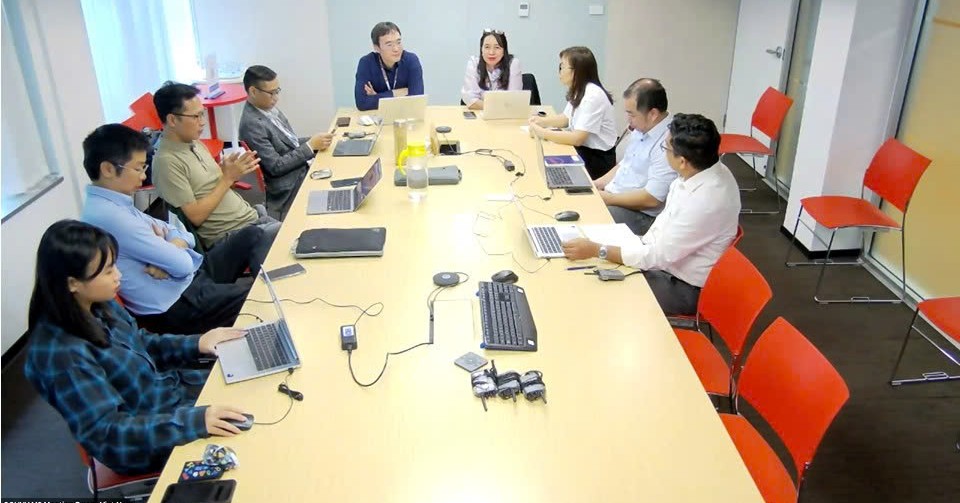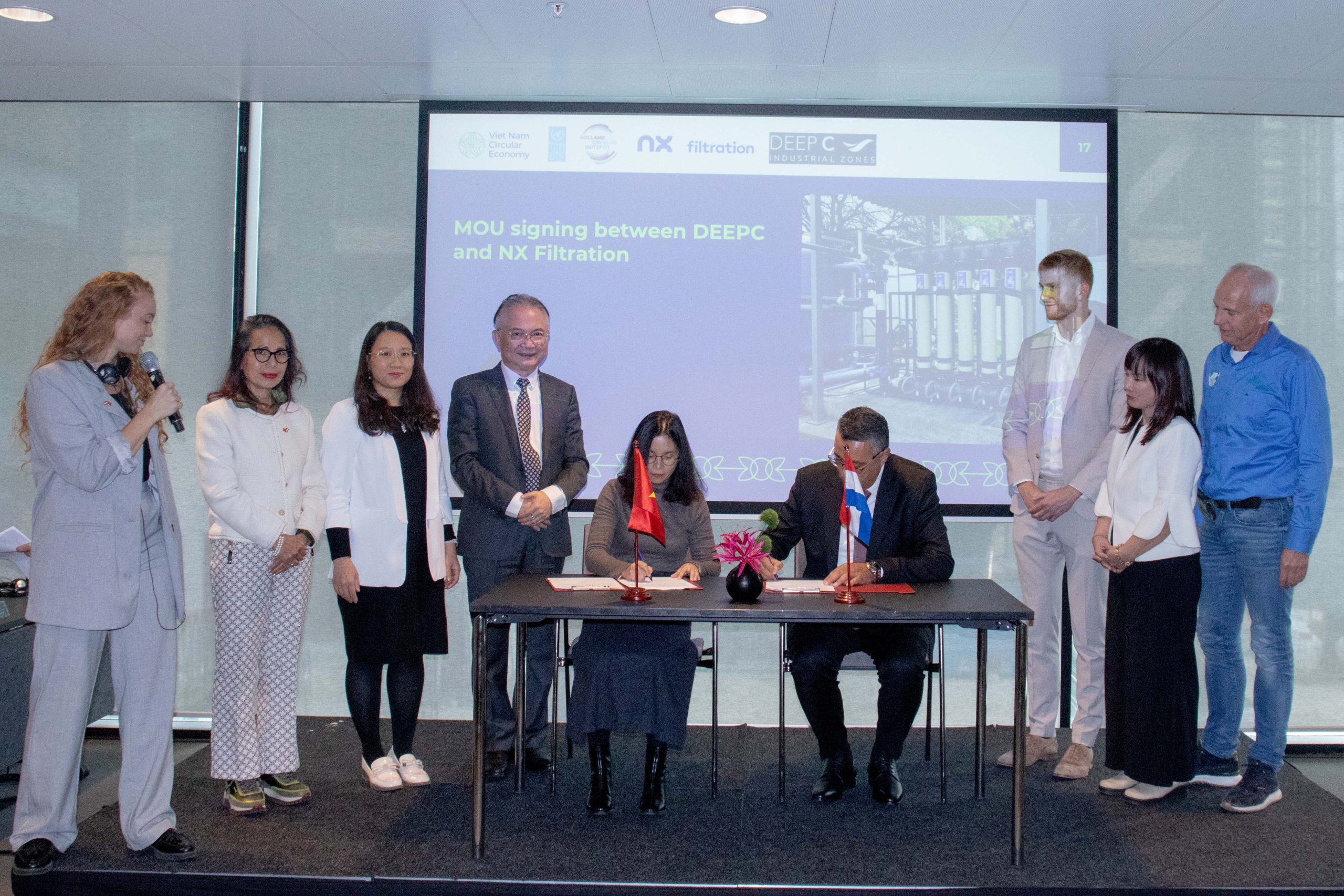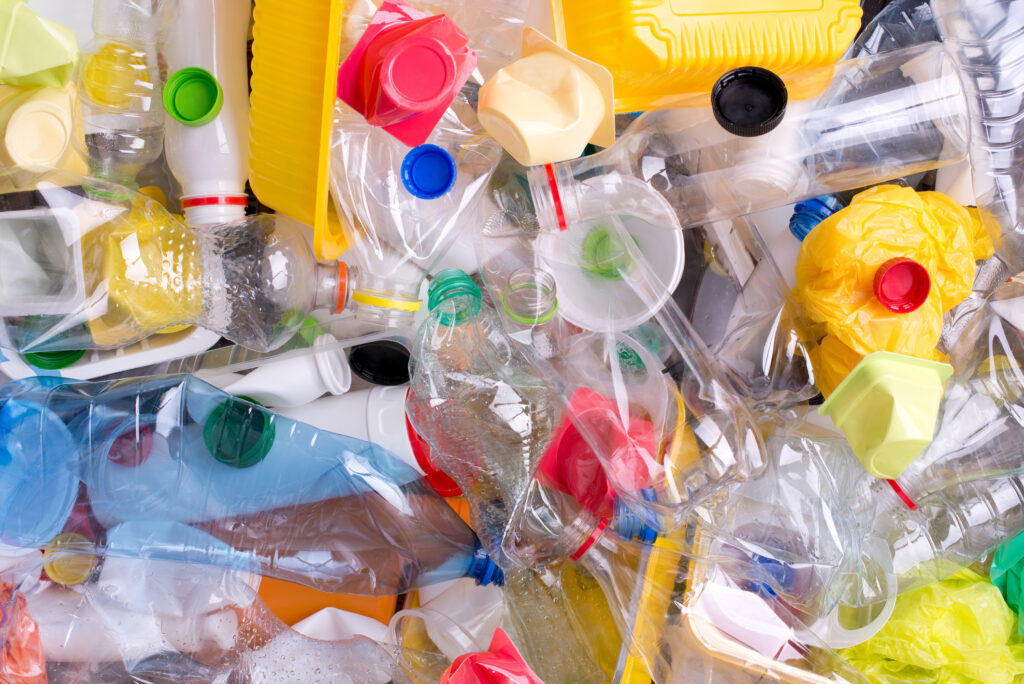
There are rules regulating the worldwide export of plastic scrap, as agreed in an update to the Basel Convention, for example, but the extent to which they are complied with at the receiving end is difficult to assess. The rules ban the export of plastic waste from the EU to non-OECD countries, except for clean plastic waste sent for recycling. A new case study of Vietnam gives evidence that such rules are often ineffective, with large percentages of imported plastic waste destined for recycling ending up in nature.
A research group with members from the University of Utrecht in the Netherlands, the University of Hull in the UK, and Vietnam’s National University has published a case study of imported plastic waste processing in Minh Khai craft village, one of Vietnam’s biggest recycling centers for imported plastics. Around 870 households recycle 500 to 600 tonnes of plastic waste daily as a source of income. Most recycling takes place in the front yard of their homes.
However, interviews with ‘middlemen’ and informal workers in the country’s ports found that laws designed to regulate the import of plastic waste are easily circumvented through bribes to local authorities. Moreover, the researchers were unable to connect with businesses with official import permits.
“Despite many attempts, we could not access businesses with import permits, and thus much of their operation remains obscure,” the authors wrote. “Despite receiving assurances from a European company regarding the transparency and sustainability of their plastic waste export to Vietnam, assurances further reinforced after the recent Basel Convention revision and reflected in the revised EU waste shipment regulation afterward, we were unable to obtain contact information of the Vietnamese importer of their plastic waste in Vietnam, as our attempts were met with silence by the exporting company,” they added.
The researchers also spoke with recyclers in the village, who revealed that ‘not all imported plastic waste is of high quality and recyclable’. Amongst the imported plastic waste, recyclers preferred those from Japan as they were the cleanest, followed by European plastics, and lastly those from the United States, which were the dirtiest.
“Recyclers preferred to pay more for cleaner scrap because dirty scrap created more waste and pollution during recycling, produced lower quality recyclate, required more work, and fetched lower profit,” the academics wrote.
Based on their estimates, 15–25% of the imported scrap brought to Minh Khai village cannot be recycled. Depending on its value, waste was either handed down to other waste collectors or dumped in the environment. Furthermore, it is estimated that 25% to 30% of imported plastic waste is discarded as residual waste, with 7 million liters of wastewater discarded daily into open dumps and waterways around Minh Khai.
“We observed people cooking, eating, and living within the recycling facility, surrounded by the noxious fumes of melting plastic,” the lead researcher recounts in a statement.
His and his team’s research shows the striking contrast between Vietnamese and European policies and the realities in recycling hubs in the Global South. “European consumers make an effort to separate recycling, yet we can clearly see that their efforts are, for a considerable percentage, in vain,” he said.
“Focusing on increasing recycling rates in the EU without systematically tackling the associated human and environmental harm throughout the entire value chain is neither ethical, circular or sustainable,” Thapa noted.
“The European Green New Deal, its Circular Economy Actions Plan, and the ongoing UN talks around a legally binding Global Plastics Treaty cannot ignore our findings. As we consume more and more, and thus generate more waste, waste trade for recycling must be tackled on a systematic level,” he concluded.





